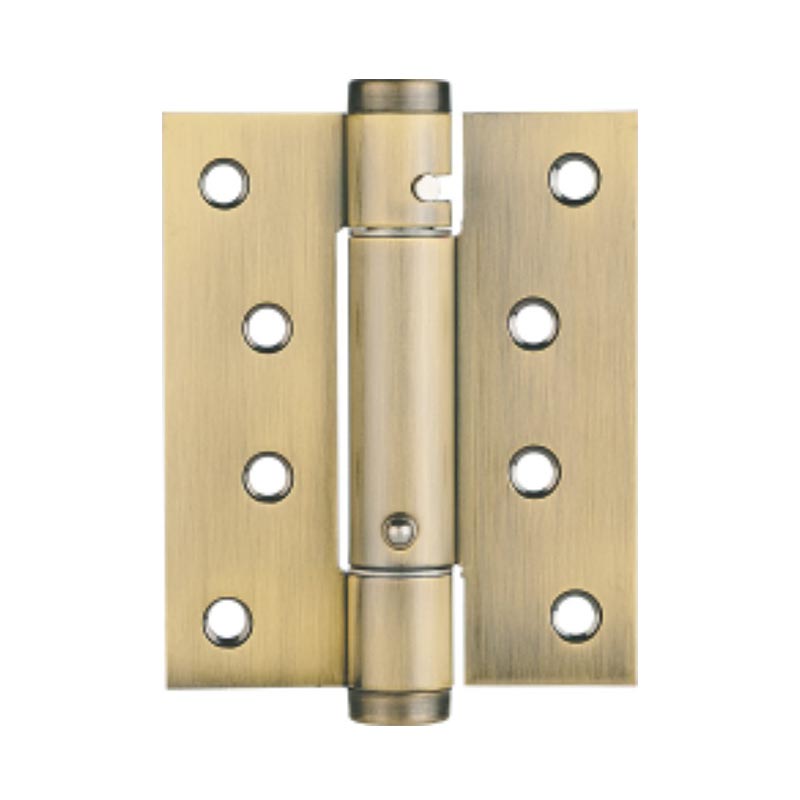Multi-function hydraulic Hinges are widely used in modern furniture, cabinets, and industrial doors due to their ability to control door movement smoothly and safely. One key design challenge is ensuring that these hinges can accommodate doors with different opening angles without compromising stability or damping performance. Proper design ensures consistent operation, prevents damage to the door and frame, and provides user-friendly functionality across various applications.

Hydraulic hinges are equipped with internal damping systems that control the speed of door closure and opening. To adapt to different door angles, the hinge mechanism must provide a controlled range of motion. Adjustable stops or internal cams are often incorporated to limit the opening angle, preventing the door from overextending and striking nearby objects. The damping system is calibrated to deliver smooth resistance throughout the entire angle range, ensuring consistent performance regardless of how wide the door opens.
Durable Components: The internal hydraulic components and pivot points must be made from materials that can withstand repeated stress across varying angles. High-quality metals and precision machining prevent deformation or leakage over time.
Precision Pivot Placement: The placement of pivot points directly affects the door’s trajectory. Designers carefully calculate pivot locations to maintain even pressure and smooth motion across all opening angles.
Reinforced Housing: Hinge housing must accommodate mechanical stress at wide angles while ensuring stability at smaller angles. Properly reinforced housings prevent warping or misalignment during prolonged use.
Hydraulic hinges designed for multiple door angles often feature adjustable damping mechanisms. Users or installers can fine-tune the resistance to suit the door weight, size, and desired closing speed. This flexibility allows the same hinge model to be used for doors that open to 90 degrees, 110 degrees, or even wider, without sacrificing smooth operation or risking sudden slamming. The ability to adjust damping ensures consistent performance across different door applications.
Different door materials and designs require hinges to adapt to their specific motion requirements. For instance, heavier doors made from solid wood or metal may require stronger hydraulic damping and reinforced pivots, while lighter doors, such as cabinet panels, need less resistance. Multi-Function Hydraulic Hinges are designed with modular components and variable tension systems to accommodate diverse door materials and sizes while maintaining smooth and controlled opening.
To fully utilize the hinge’s adjustable capabilities, careful installation is essential. Accurate alignment of the hinge with the door frame ensures that the door opens to the intended angle without binding or sagging. After installation, fine-tuning the hydraulic damping allows the door to open and close smoothly, whether at small or large angles. This attention to detail ensures long-term reliability and user satisfaction.
Designing Multi-Function Hydraulic Hinges to accommodate different door opening angles requires careful consideration of mechanism design, materials, damping systems, and installation procedures. By integrating adjustable stops, precision pivots, reinforced housings, and customizable damping, these hinges provide smooth and reliable operation across a wide range of door types and opening angles. Such thoughtful design ensures safety, durability, and user-friendly performance, making hydraulic hinges a versatile solution for modern doors and cabinetry.